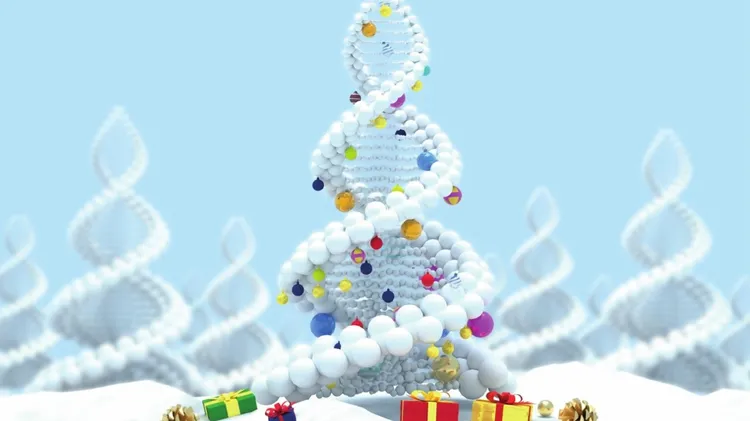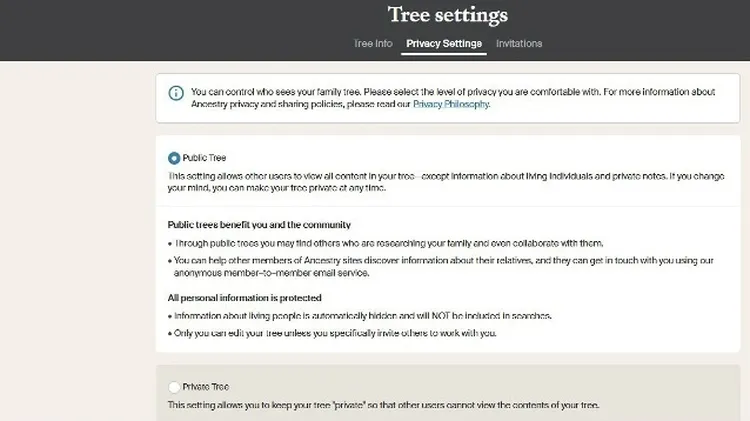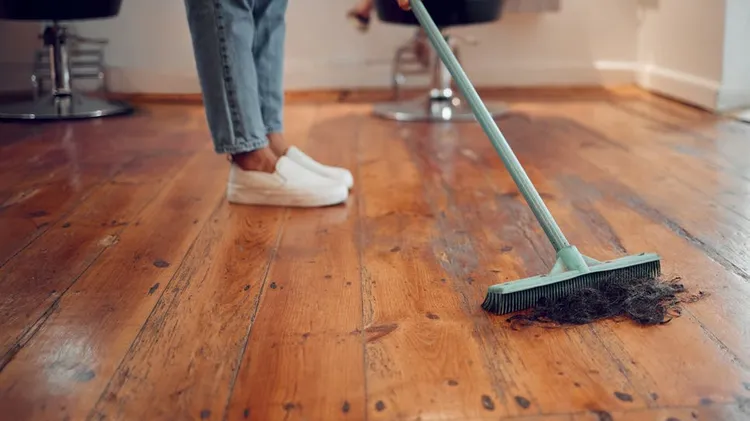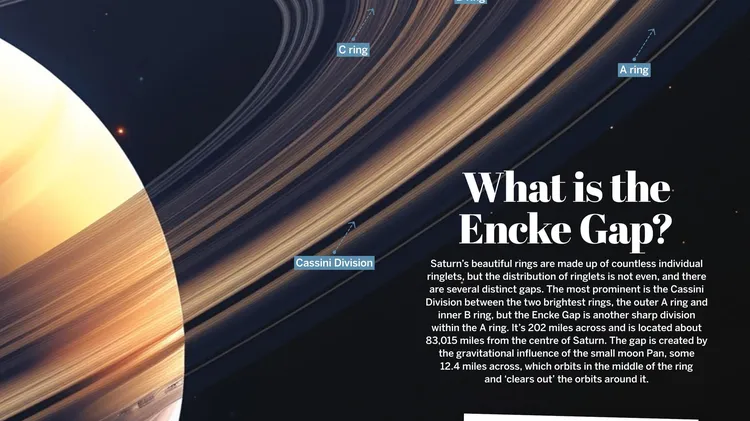DNA Advisor Karen Evans loves helping fellow fa
Yourdna workshop if at first you don't succeed
11 min read
This article is from...
Read this article and 8000+ more magazines and newspapers on Readly






